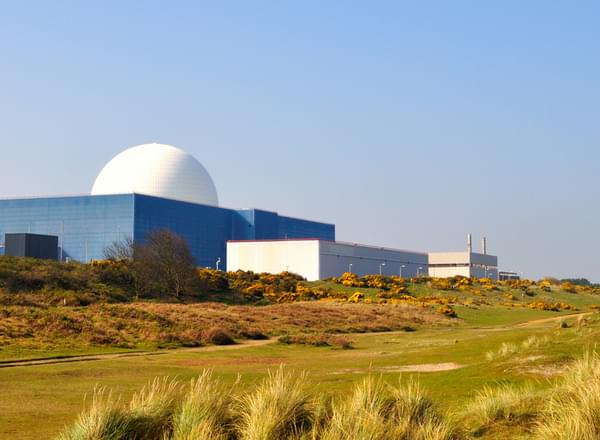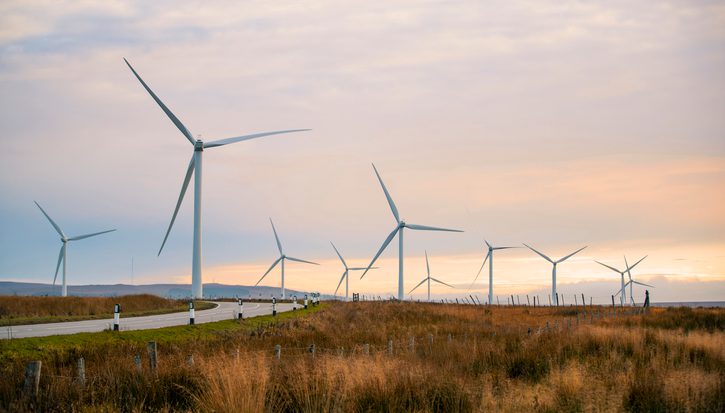
Nuclear enrichment: Building a stable and effective nuclear workforce
Article
The government has talked a good game on the future of nuclear generation.
It sees a strong civil nuclear sector as playing a crucial role in the UK’s energy mix and in providing resilience in a more turbulent world, underpinning growth and defence.
Recent actions have started to back up these ambitions. These include the prime minister’s recent decision to approve Sizewell C, the reform of the planning system to encourage new nuclear sites, and the results of its Small Modular Reactor competition.
Now, however, industry needs more specific details if it is going to move forward. Questions remain over where new sites will be, when they will be confirmed, and whether government or the private sector is in the lead. All this will impact how many workers are needed, where and with what skills. Given the long lead times for building new nuclear, it is critical that these questions are answered as soon as possible.
Click through the images below to see a timeline for the existing nuclear fleet, based on industry estimates of defuelling, decommissioning, construction and operation years
Related items

A people-focussed future for transport in England
Our findings from three roundtables on the impact of transport in people’s lives and the priorities for change.
The sixth carbon budget: The first plan without consensus
For decades, UK climate action was cross-party, and consensus meant policy looked different to politically competitive issues like tax.
Skills passports: An essential part of a fair transition
This month, government will publish its Clean Energy Workforce Strategy. This plan covers two aims. First, filling the growing demand for skills in clean energy industries is essential to keep on track to reach the government’s clean power…